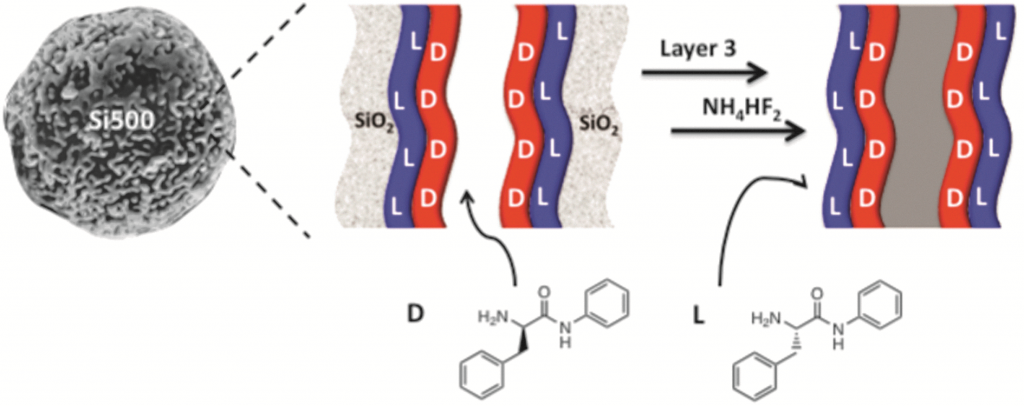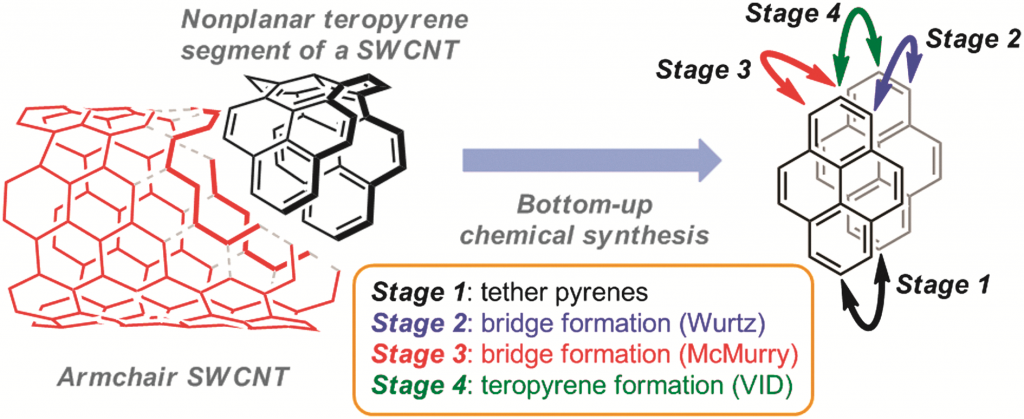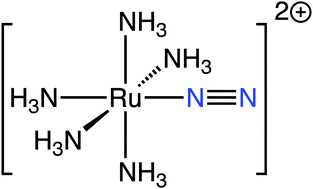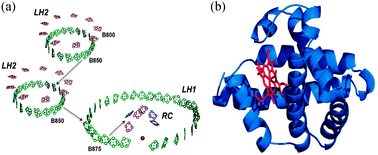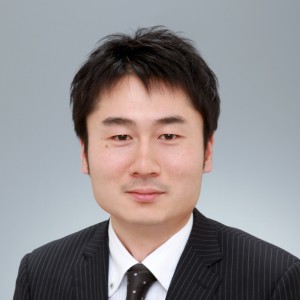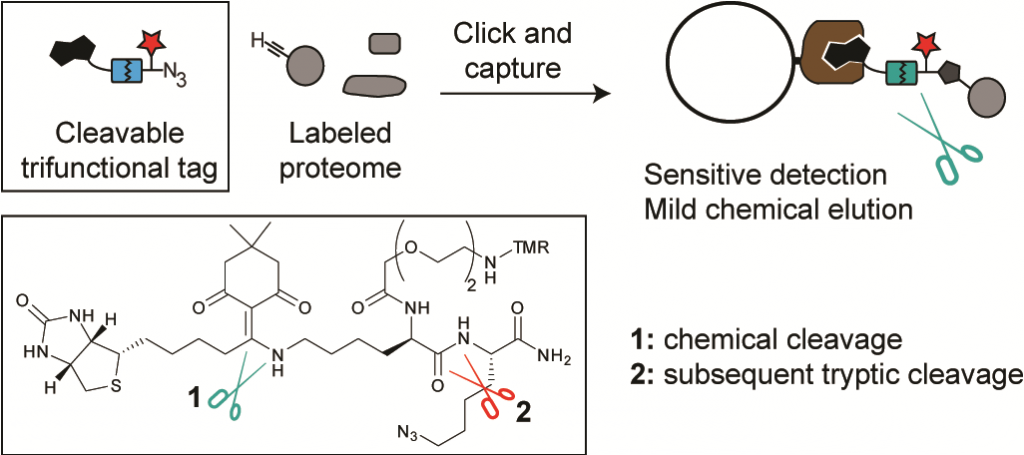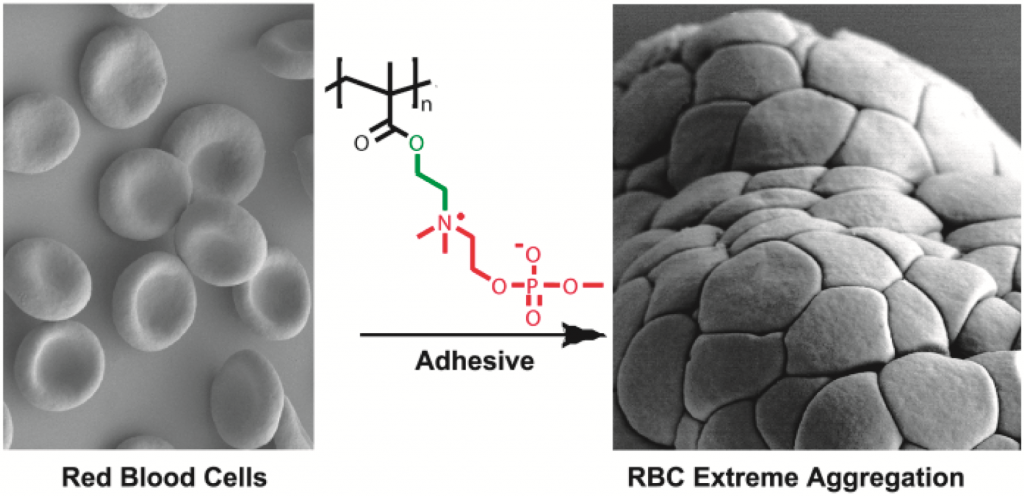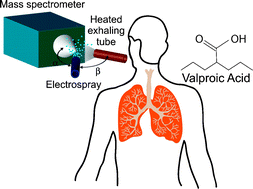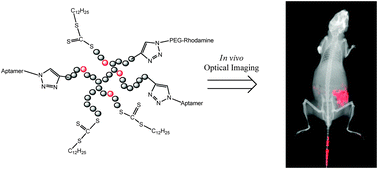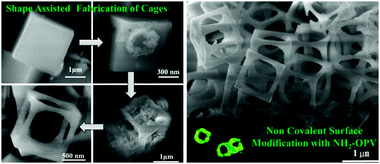Glucose-triggered release using enzyme-gated mesoporous silica nanoparticles
Elena Aznar, Reynaldo Villalonga, Cristina Giménez, Felix Sancenón, María Dolores Marcos, Ramon Martinez-Manez, Paula Díez, Jose M Pingarron and Pedro Amoros del Torro
Chem. Commun., 2013, Accepted Manuscript
DOI:10.1039/C3CC42210K
Free to access until 23rd June 2013
Cover and uncover: chiral switching exploiting templating and layer by layer grafting
Mahadeo Halhalli and Börje Sellergren
Chem. Commun., 2013, Accepted Manuscript
DOI: 10.1039/C3CC41989D
Free to access until 23rd June 2013
Target-selective photo-degradation of verotoxin-1 and reduction of its cytotoxicity to Vero cells using porphyrin-globotriose hybrids
Atsushi Okochi, Shuho Tanimoto, Daisuke Takahashi and Kazunobu Toshima
Chem. Commun., 2013, Accepted Manuscript
DOI:10.1039/C3CC42957A
Free to access until 23rd June 2013
1,1,n,n-tetramethyl[n](2,11)teropyrenophanes (n=7–9): a series of armchair SWCNT segments
Graham J. Bodwell, Kiran Sagar Unikela, Louise Nicole Dawe, David W Thompson and Bradley Lawrence Merner
Chem. Commun., 2013, Accepted Manuscript
DOI: 10.1039/C3CC43268H
Free to access until 23rd June 2013



